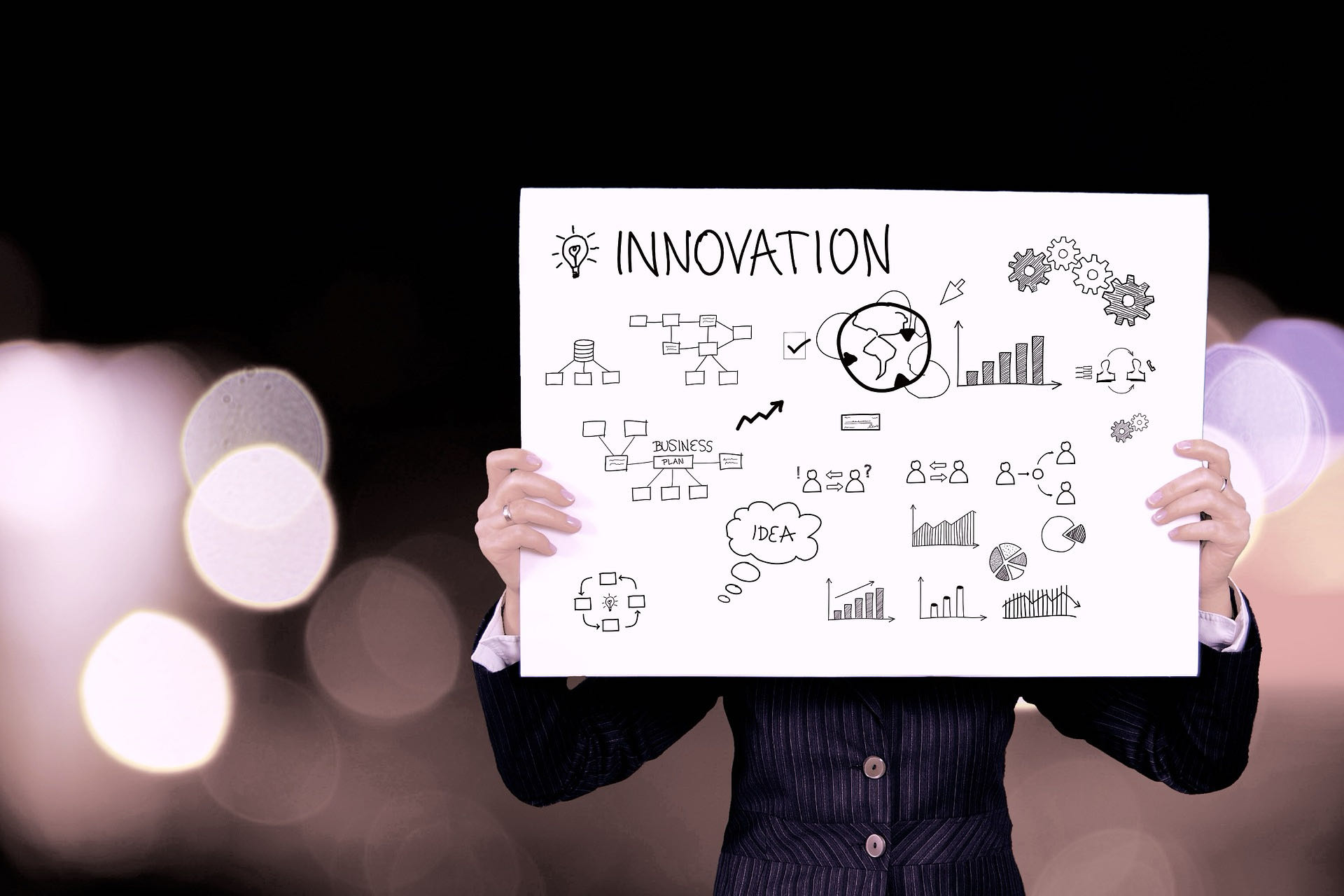CHEN Xian: The Driving Force Behind China's Economic Recovery Lies in Corporate Innovation 2024-04-04
2024 marks a pivotal year for China's economic rebound and achieving its potential growth. The Central Economic Work Conference, based on a comprehensive analysis of the current economic situation, pointed out that further promoting economic recovery requires overcoming various difficulties and challenges. These include insufficient effective demand, overcapacity in some industries, weak social expectations, numerous hidden risks and dangers, bottlenecks in the domestic large cycle, and the increasing complexity, severity, and uncertainty of the external environment. The conference emphasised the need to enhance the sense of crisis and effectively address and resolve these issues.
Multiple Benefits of Corporate Autonomous Innovation
Economic downturn or rebound is a macroeconomic phenomenon that reflects the collective manifestation of microeconomic activities. The revival of the economy necessitates the vitality and momentum of microeconomics. Even against a backdrop of loose macroeconomic policies, micro-entities need to respond actively in line with their desires. Otherwise, macroeconomic policies would fail to take effect. Therefore, many economists believe that addressing and solving these issues relies on policy efforts and endogenous forces.
Where do these endogenous forces come from, and what are they? I believe that they primarily originate from corporations, referring specifically to autonomous innovation by businesses, especially technological firms, i.e., independent research and development activities by tech companies. It is evident that corporate autonomous innovation plays a positive role in addressing and resolving the aforementioned issues to varying extents.
Corporate autonomous innovation can precisely align effective supply with actual and potential demand, addressing the issue of insufficient effective demand and unclogging bottlenecks in the domestic large cycle. Through innovation on the supply side, corporations can comprehensively optimize and enhance their technological capabilities, design levels, and production processes, while reducing production costs. By offering new products and services, they better meet the new needs of the people.
Corporate autonomous innovation is a market-driven action by businesses based on market demand changes, technological development trends, and national strategic needs. Innovative companies and entrepreneurs can keenly sense market and technology dynamics changes, understanding what is most needed to adapt to or create new demands. Consequently, they optimize the allocation of innovative, industrial, and market resources on this basis. This not only achieves the highest innovation efficiency but also helps to overcome or mitigate the issue of overcapacity in specific industries, thereby optimizing the industrial structure and accelerating the construction of a modern industrial system.
Corporate autonomous innovation can reverse the direction of weak social expectations and strengthen the confidence of social entities. It brings vitality and momentum to social and economic activities. While expanding the increment, it also improves the stock; it increases investment and employment while also boosting income and consumption. The multifaceted impact of corporate autonomous innovation will shift social expectations from weak to strong, thereby stimulating the confidence of social entities.
Corporate autonomous innovation can bridge the short-term and long-term, further strengthening the certainty of the Chinese economy. As the complexity, severity, and uncertainty of the external environment rise, how should we respond? The only solution is to enhance the certainty of the Chinese economy itself, using supply innovation to smooth out short-term demand fluctuations and ensure stable and far-reaching economic operation and development. Corporate autonomous innovation is a long-term, continuous process. By deepening reforms in key areas and continuously improving the innovation and industrial ecosystem, the achievements of scientific and technological innovation and industrial innovation are transformed into real drivers for stable growth, investment, and employment.
Innovating the Transformation of Scientific and Technological Achievements
In the current year of 2024, what should businesses focus on and do concerning autonomous innovation? I advise paying attention to open AI platforms, large models, and specialized small models, enabling businesses to adapt to and capitalize on the changes and opportunities they bring. Focus on the digital transformation of companies, establishing new platforms for production, operation, and investment. Pay attention to new tracks emerging in AI and the digital economy, seizing potential opportunities for businesses and developing new projects, products, services, and business models. Focus on the possibilities of upgrading, supplementing, and strengthening the chain during the transformation of traditional businesses, seeking ways for businesses to scale up or specialize.
Over a period, leading companies in emerging industries have increasingly embraced autonomous innovation and research and development, achieving significant results and avoiding long-standing issues of low efficiency and success rate in transforming achievements. Top companies in emerging industries have also collaborated with "major institutes and labs" in the process of autonomous innovation, but the mode of cooperation has fundamentally changed. Mainly, it involves establishing enterprise-led cooperation platforms where businesses invest in R&D funds and "major institutes and labs" contribute talent. This approach has effectively balanced the issues of trial-and-error costs, innovation efficiency, and incentive mechanisms. These companies have entered a fast growth trajectory based on their autonomous innovation achievements and their industrialization.
Emerging industry companies below the top tier should also continuously strengthen their awareness and actions toward autonomous innovation and research and development. However, due to their conditions and capabilities, they still need to utilize models for the transformation of scientific and technological achievements. It is essential to recognize that the model for transforming scientific and technological achievements has been undergoing significant changes in recent years. The "Songshan Lake Lab" model has attracted attention, with technology companies, "major institutes and labs," and local governments forming different cooperation modes at various stages from 0 to 1 (samples), 1 to 10 (products), and 10 to 100 (commodities) in scientific and technological innovation and industrial innovation, achieving remarkable results. It is evident that under the leadership of corporate autonomous innovation, innovating various modes and pathways for the transformation of scientific and technological achievements and returning them to the origin of innovation activities as economic activities, the high-quality development of China's economy is just around the corner.






